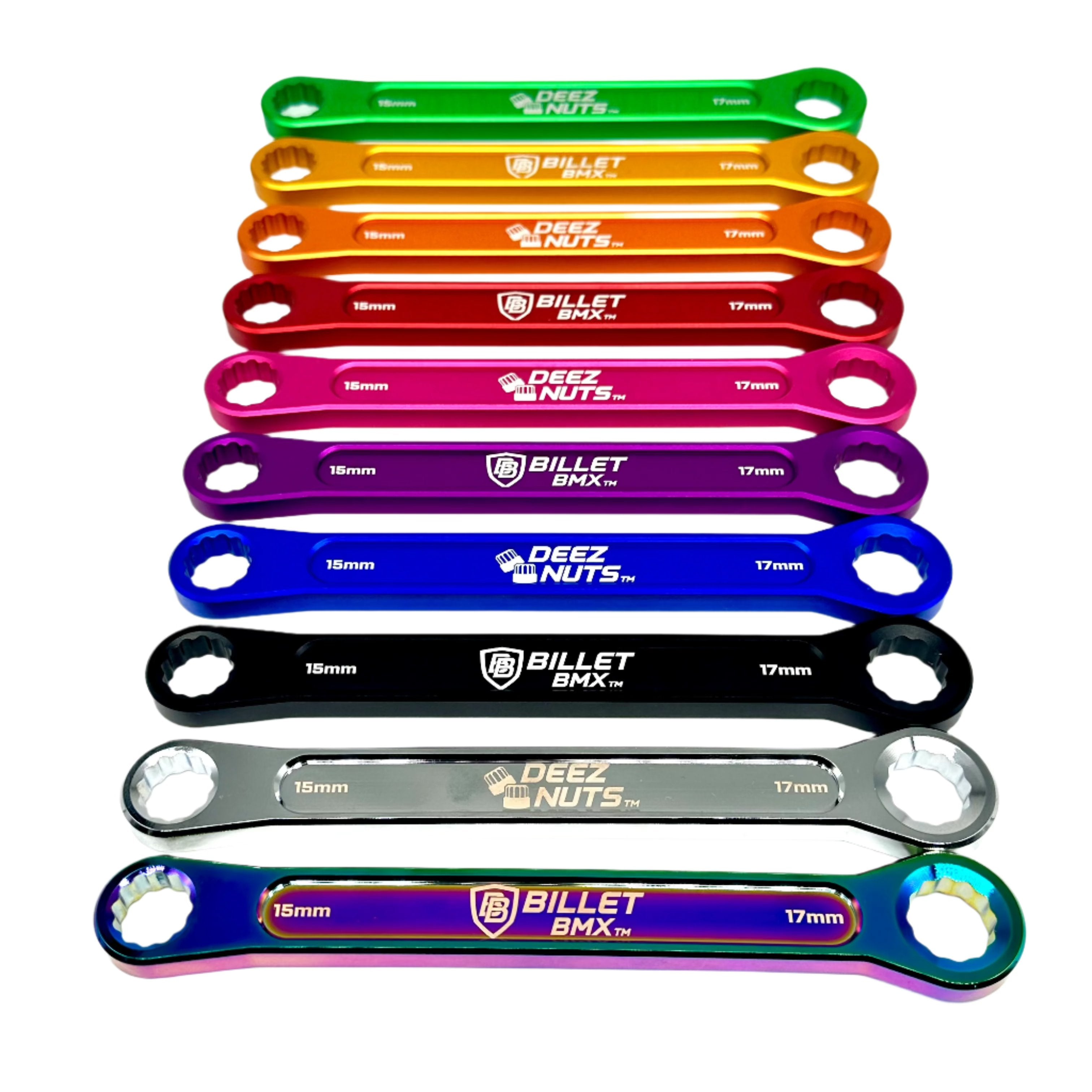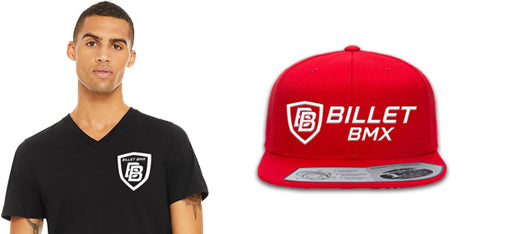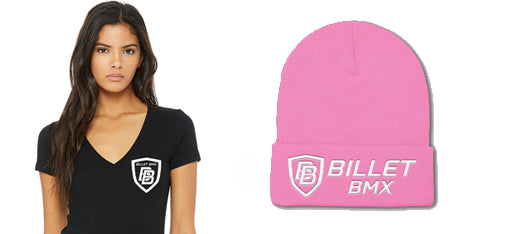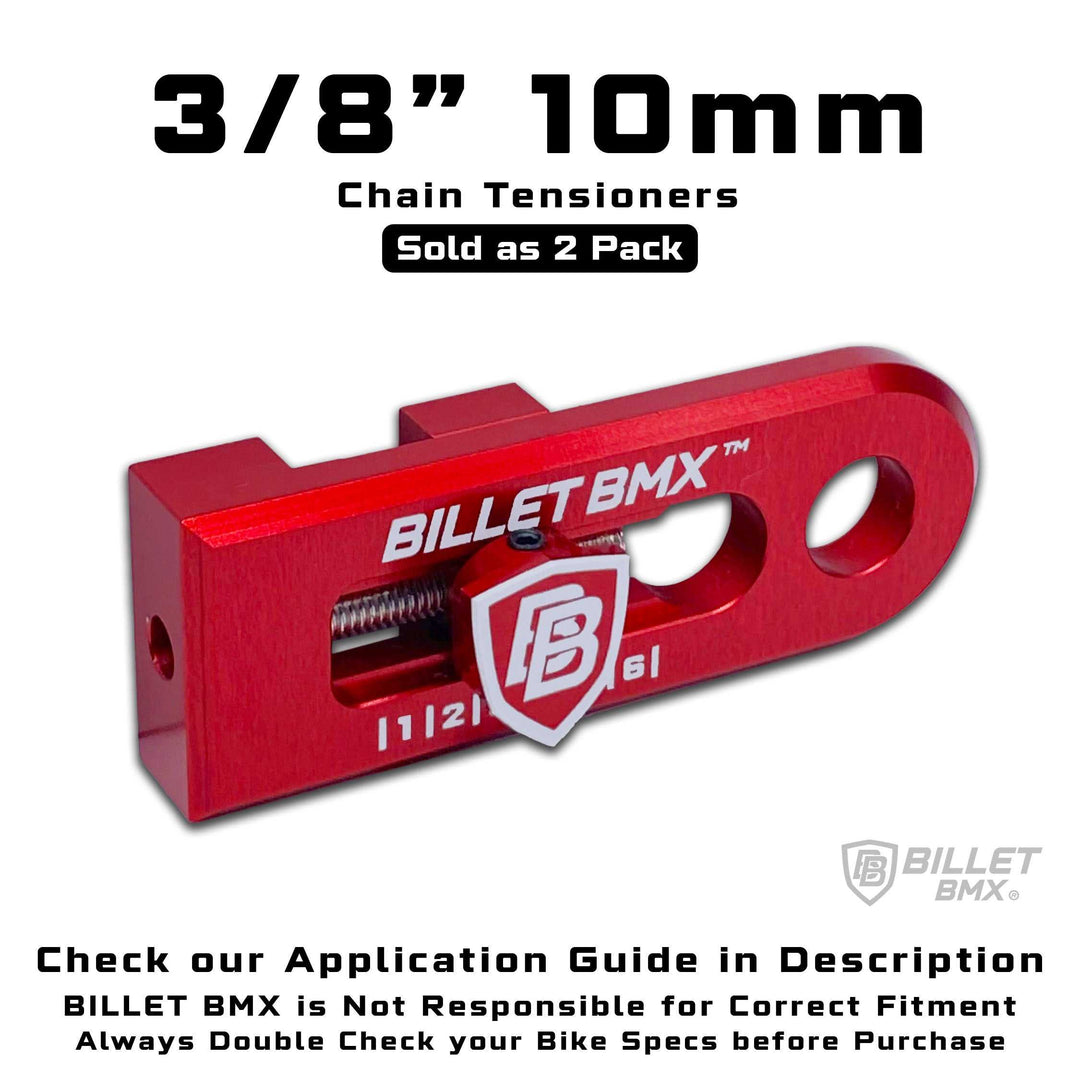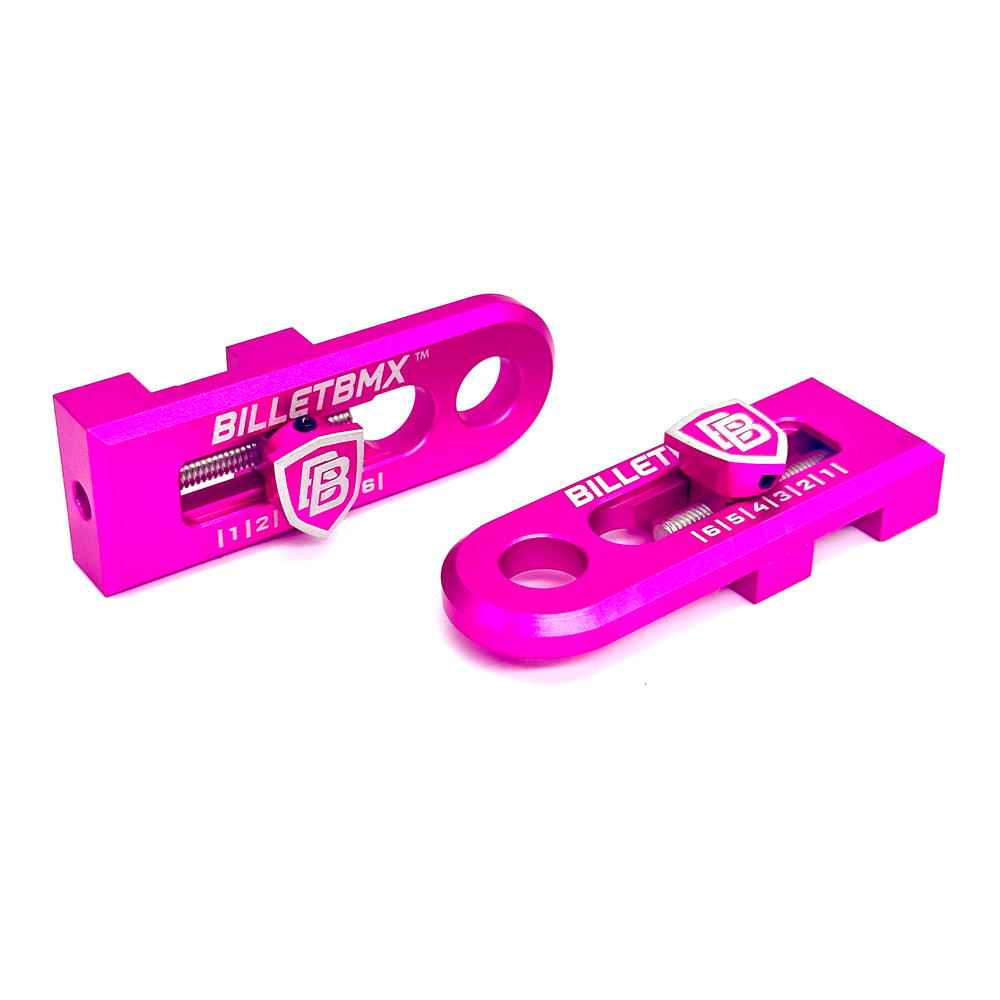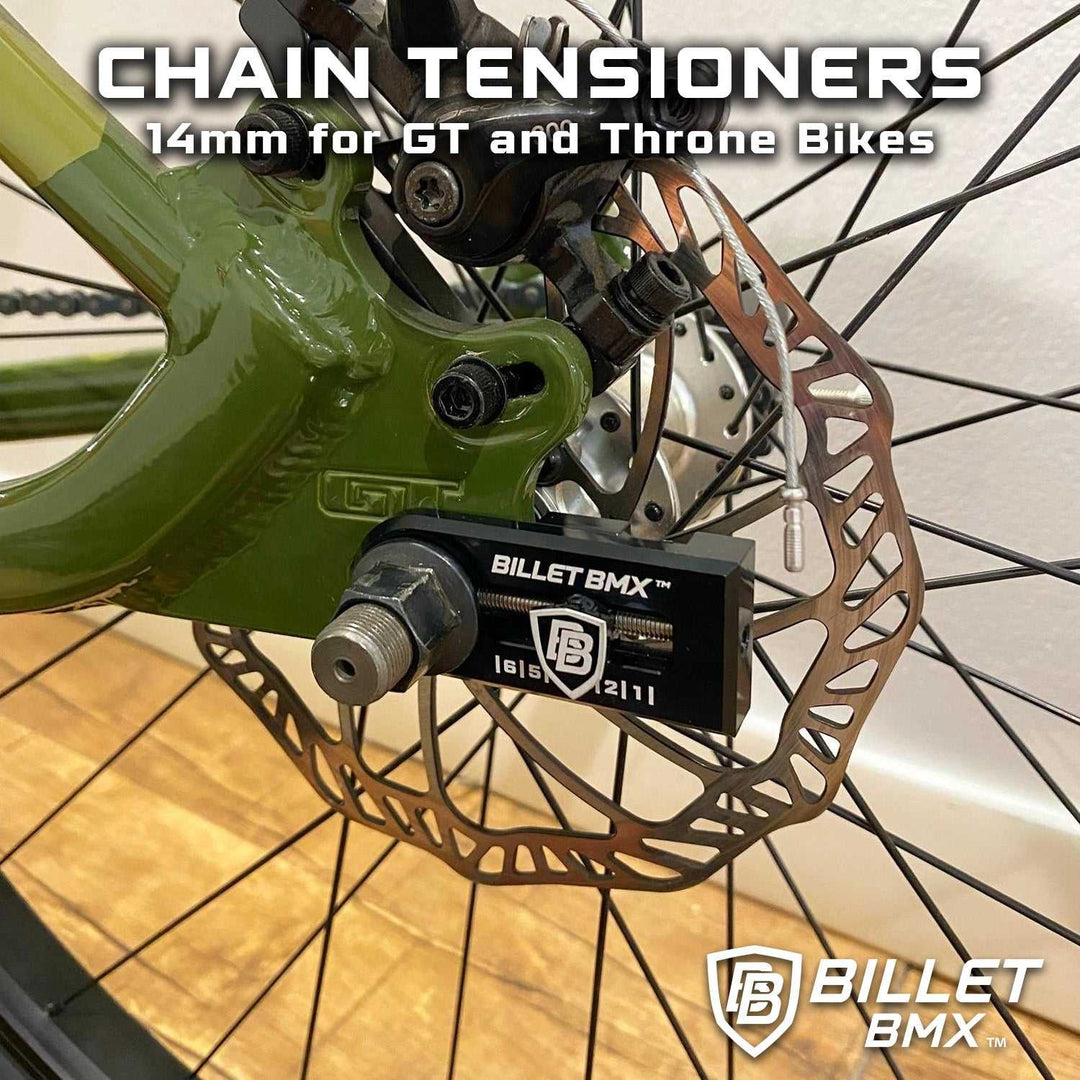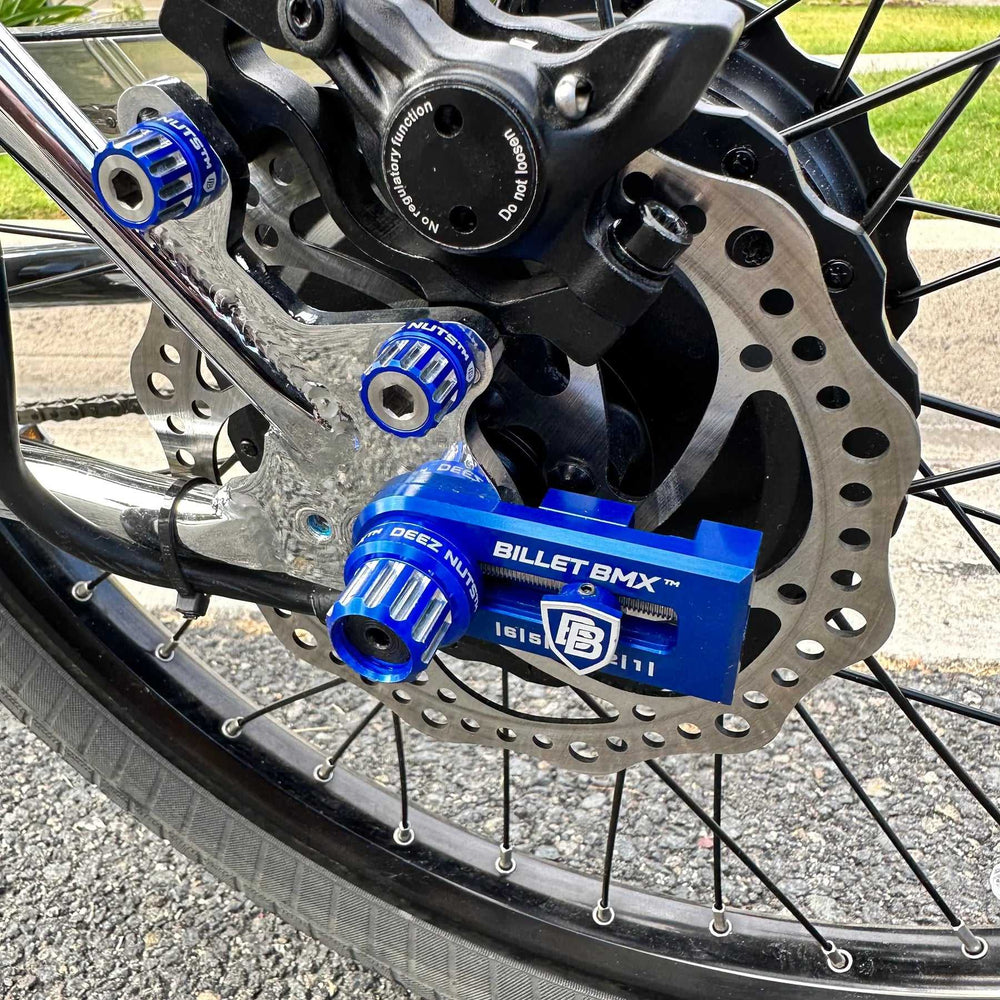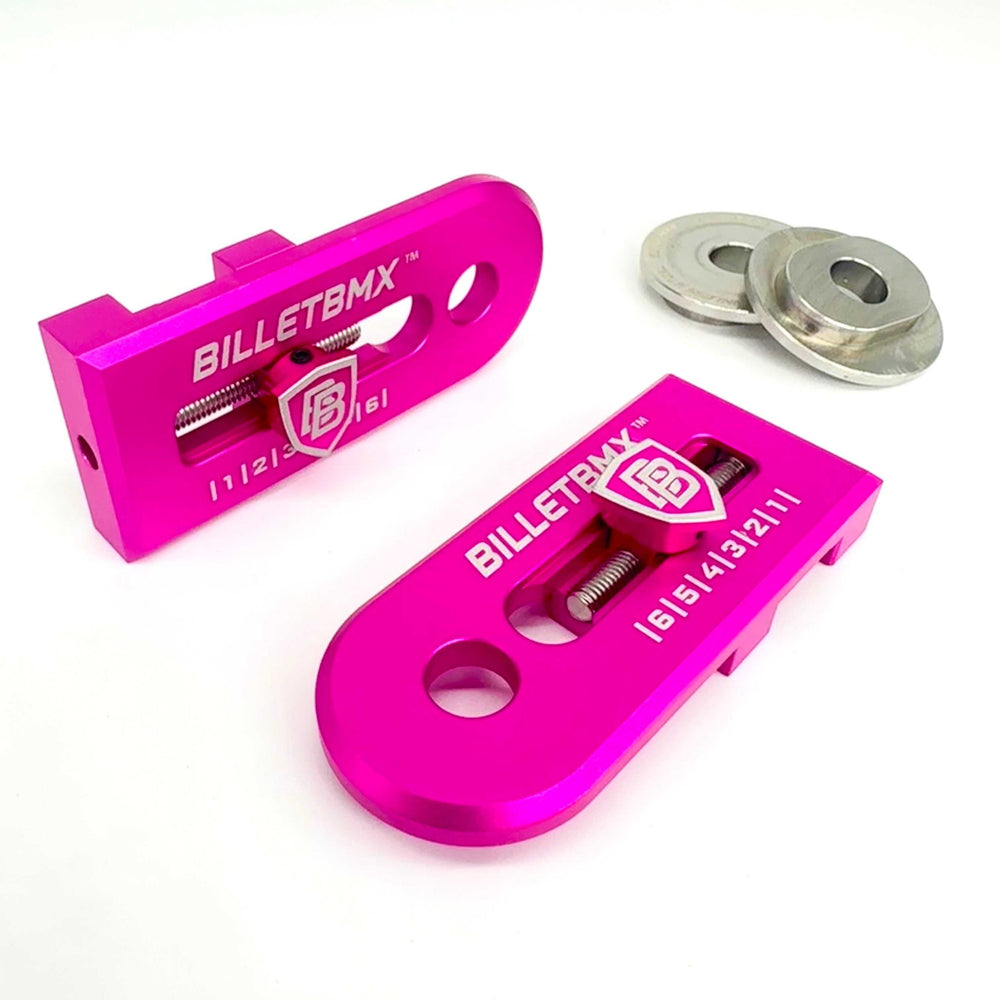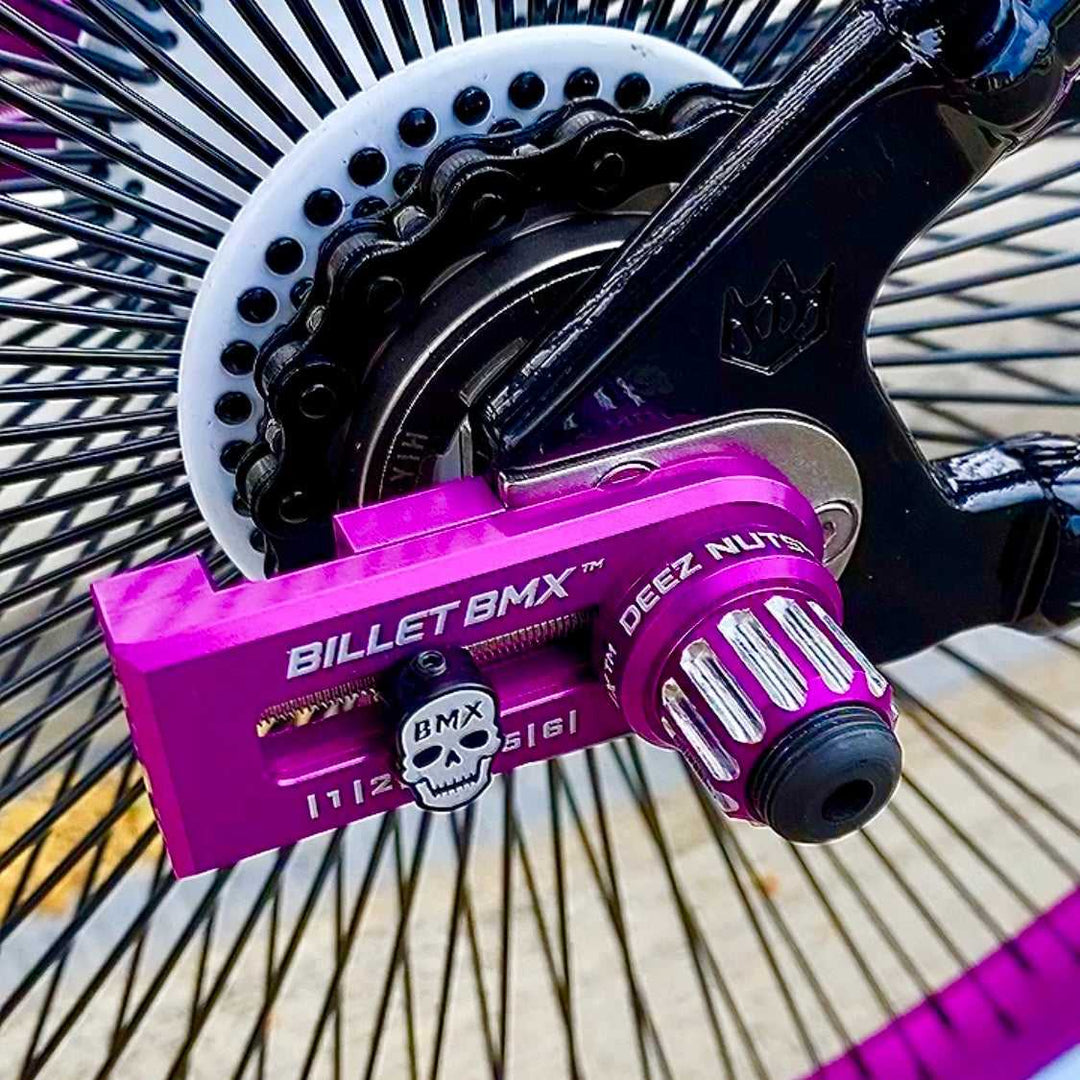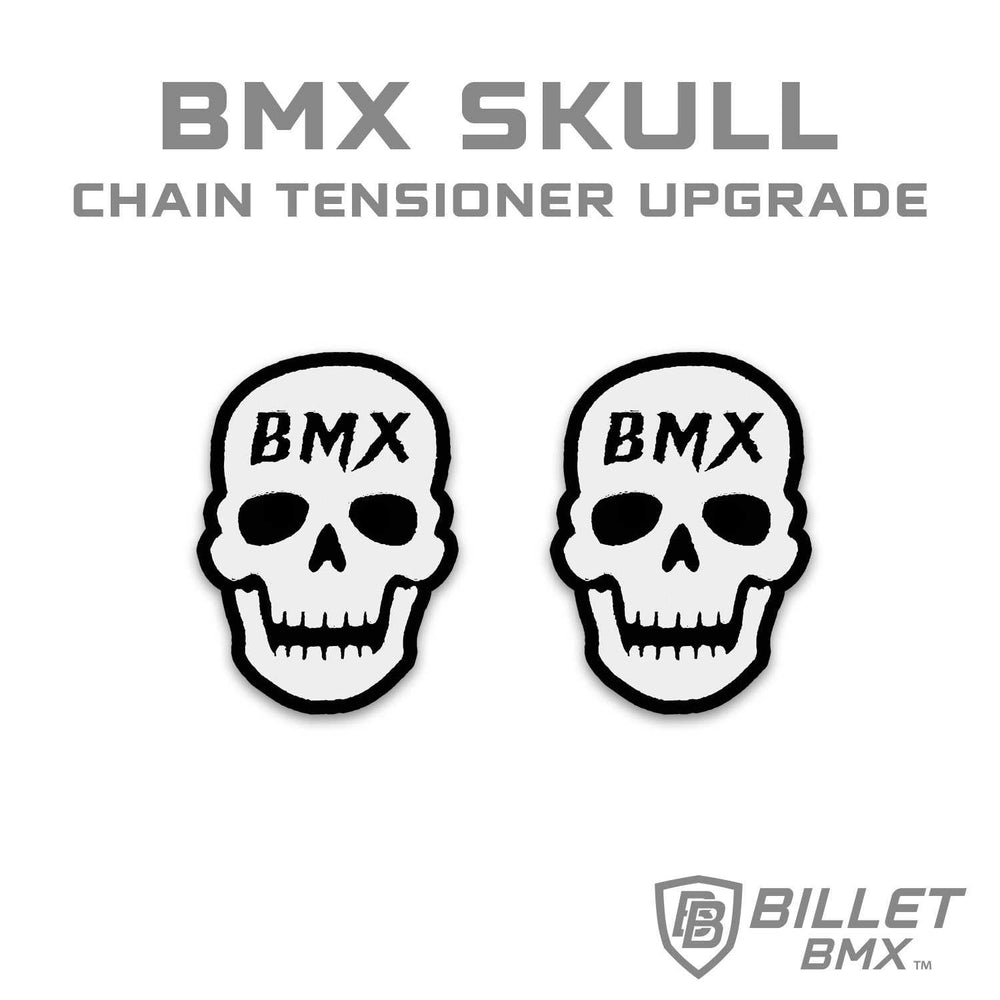Can Headset Spacers Impact Performance in BMX Racing?

When it comes to BMX racing, every millimeter matters. Riders obsess over gear ratios, tire pressure, and even the tiniest weight savings. But one small component often overlooked is the humble headset spacer.
So can headset spacers actually impact your BMX racing performance? The short answer: yes. While they might seem like simple plastic or alloy rings, headset spacers play a real role in your bike’s handling, comfort, and overall fit.
What Are Headset Spacers?
Headset spacers are small rings (usually aluminum or carbon) that sit on the steerer tube of your BMX fork, right under or above the stem. They allow you to adjust the height of your handlebars without cutting the fork.
In BMX racing, where a precise cockpit setup can make or break your gate starts and cornering, spacers are a handy tool for fine-tuning your BMX bike setup.
How Headset Spacers Affect BMX Racing Performance
1. Handlebar Height & Rider Position
Adding or removing spacers changes your bar height. A higher handlebar (more spacers under the stem) puts you in a more upright position. This can be more comfortable and help keep weight balanced over jumps.
A lower handlebar (fewer spacers) pushes you forward, helping drive more power into the front wheel during sprints and giving better front-end grip in corners.
2. Steering Feel & Responsiveness
Handlebar height also influences how quickly your bike responds. A lower front end (fewer spacers) makes steering feel sharper and more direct, ideal for tight turns on the track.
On the flip side, adding spacers to raise the bars slightly can make the bike feel more stable and less twitchy, which is helpful on tracks with big jumps or younger riders still dialing in their control.
3. Weight Distribution & Pumping
In BMX racing, you want optimal weight distribution to pump through rollers and maintain speed. Too many spacers (high front end) might make it harder to get your weight forward, costing you speed on jumps and manuals. Too few spacers (super low bars) might overload the front wheel.
Testing different setups with headset spacers can help you find that sweet spot where you can pump efficiently and manual cleanly.
How Many Spacers Should You Use?
There’s no universal rule; it depends on your riding style, body size, and personal feel. But here’s a rough guide many racers follow:
-
0–5mm: Aggressive, low front end for maximum sprint power.
-
5–15mm: Balanced for most BMX racers low enough for starts, high enough for control on jumps.
-
15–30mm: More upright, often used by younger riders or those prioritizing comfort.
Other Performance Considerations
-
Stiffness: Less steerer tube above the headset (i.e., fewer spacers) slightly improves front-end stiffness, giving crisper steering.
-
Aesthetics & Weight: Minimal spacers look cleaner and can shave a few grams every bit helps in racing.
-
Adjustability: Spacers give you the flexibility to experiment. Try adding or removing a 5mm spacer and see how it changes your holeshot starts or your comfort through the rhythm section.
The Bottom Line: Yes, They Matter
So, can headset spacers impact performance in BMX racing? Absolutely. Even a 5mm difference can change your weight balance, steering response, and confidence out of the gate.
Whether you’re chasing national podiums or just trying to beat your last lap time, dialing in your headset spacers is a smart, simple way to fine-tune your bike for your body and riding style.
Need Help Setting Up Your BMX Bike?
At Billet BMX, we live and breathe BMX racing. If you’re not sure how many spacers to run, or need help picking the right bars, stems, or forks to get your fit dialed, reach out to us. We’ll make sure your bike’s ready to perform its best so you can focus on getting that holeshot.



